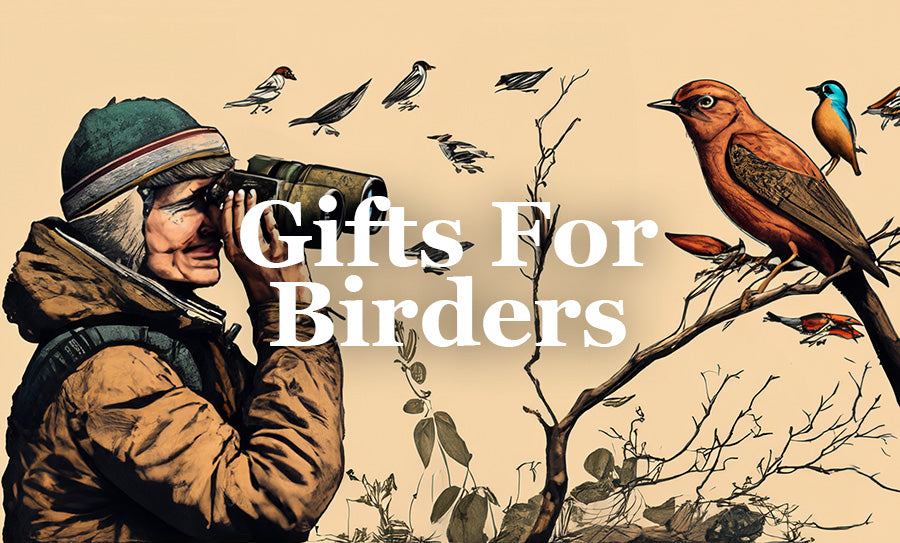This blog is supported through the affiliate links below
5 Reasons Why Oil Painting Is Easier Than Acrylic Painting
The idea of oil painting for the first time can seem overwhelming and difficult, especially when you're so used to another medium like acrylics. That was actually the place I was in when I first began looking into oils. I think we've all heard about the challenges of working with oil paint, but what about the ease of using them? In this article, I want to share with you why I believe oil painting is actually an easier medium to master than acrylic painting. As an artist who has dabbled in both styles for years, I've discovered some remarkable advantages that oils offer.

Note: This blog contains affiliate links and purchasing through them supports our site at no extra cost to you.
Is oil painting easier than acrylic painting?
In some ways, yes, oil painting is generally considered to be easier than acrylic painting. Oil paints have a longer drying time, allowing artists more flexibility for blending, shading, and correcting mistakes. Additionally, the smooth and buttery consistency of oil paints makes them easier to work with for many artists.
The debate between oil painting and acrylic painting has long been a topic of discussion among artists. While both mediums offer unique advantages, I firmly believe that oil painting holds the upper hand in terms of ease and versatility. Here are five compelling reasons why oil painting surpasses acrylic painting in terms of usability and creative freedom:
1. Oils Blend Like a Dream
One of the most significant advantages of oil painting is its ability to blend with little effort. The slow-drying nature and creamy consistency of oil paints allows me to manipulate the colors on the canvas, effortlessly blending shades together to create smooth transitions and soft gradients. Unlike acrylics, which tend to dry quickly, oil paints provide a forgiving canvas that lets me explore different techniques and experiment with blending to achieve the desired effect. This fluidity and workability make oil painting a dream come true for artists seeking a more forgiving and adaptable medium.
I've spent years trying to perfect blending with acrylics and although it is possible to produce a perfect blend, it often times comes with struggle. Often times I would have to work the acrylics as quickly as possible to get the blend most of the way there. Then, after it dried, I'd go back in to rework some of the areas that didn't quite come out as smoothly which always took a lot of extra time to get right. So when it comes to blending, I've learned that it gets easier with oils once you become comfortable with the paints. A lot of this comes down to the brushes you're using as well, so make sure you are using a quality blending brush.

2. Extended Working Time
Time is a precious resource. Luckily, oil paints offer an extended working time, which gives me the freedom to work at my own pace. Unlike acrylics that dry quickly, oil paints take longer to dry, allowing me to revisit and rework areas of my painting without the fear of the paint drying out prematurely. This extended window of opportunity enables me to correct mistakes, refine details, and make adjustments as needed.
One might think initially that this slower dry time in oils might mean that your painting won't be ready in the same amount of time as with acrylics. What you have to consider however, is that a longer dry time means that you have the extra time work it until it's perfect in your eyes. With acrylics, I often find myself missing the mark before the paint dries out and then ending up spending more time later when I have to remix fresh paint and go back in to add another later. This all ends up taking more time in the long run which is why an extended working time actually saves you time and effort.
3. Subtle Textures and Glazes
Oil painting offers a vast array of expressive possibilities, particularly when it comes to texture and glazing techniques. With oil paints, I can easily create intricate textures, whether it's the delicate texture of a flower petal or the ruggedness of a landscape. The thick consistency of oil paints allows me to build up layers even while the paint is still wet, adding depth and dimension to my artwork. Additionally, the ability to create translucent glazes by mixing oil paints with a medium opens up a whole new world of luminosity and richness.
I often find it difficult to mimic these expressive textures with acrylics. Even though you can create some nice impasto-like textures with acrylic paint, it doesn't quite compare to the liveliness that's found in thick, expressive oil paint. Glazing with acrylics does work in a similar way as well, but it often times needs to be watered or thinned down to a higher degree for it to work well, leading to a a less luminous effect.

4. Oil Paint is Forgiving
We all make mistakes; it's an integral part of the artistic process. Thankfully, oil paints are incredibly forgiving and allow for easy corrections. If I make a blunder in my acrylic painting, I often find myself trying to cover it up, leading to a loss of vibrancy or compromising the composition. However, with oil painting, I can scrape off or paint over mistakes without damaging the overall harmony of the piece. This flexibility gives me the confidence to experiment and take risks, knowing that I can rectify any misstep along the way. I often times keep makeup wedges or makeup sponge sticks on hand so that I can wipe off anything I don't like about my painting and simple retry it. This is something that I'm unable to do with acrylics as it often dries way too fast. So even though oils seem intimidating, they can actually be much more forgiving for these reasons.

5. Vibrant Colors and Depth
Last but certainly not least, oil paints offer an unparalleled vibrancy and depth that can breathe life into any artwork. The rich pigments and their ability to retain their intensity over time result in a finished piece that delivers unparalleled brilliance. The slow drying process also contributes to the color blending and saturation, allowing me to achieve subtle tonal variations that add a captivating sense of depth and realism to my paintings. Whether it's a vibrant sunset or a delicate wildlife portrait, oil painting provides me with the tools to infuse my artwork with more life.
Remember though, not all oil paints are created equal and the quality of your oils matter. I've written a blog post here about the differences between oil paint quality that might be a good read if you are interested in diving into the world of oils. My favorite oil paints however, would be these paints here.

The choice between oil and acrylic can be a deeply personal one and I think that's important to keep in mind. However, for me, oil painting takes the crown as the easier medium to work with. I think that setup and the initial learning curve of acrylics can actually be easier, but in the long run, it has tremendous limitations that ultimately can make it more difficult for certain types of artists and artwork. I'm not saying that oils are better, but rather worthy of a try if you feel like your artistic style might be hindered in any way with acrylics.
Grow Your Painting Skills and Resources
Instant access to 1000s of royalty-free reference photos of landscapes and wildlife as well as step by step oil painting videos. Checkout My Memberships for more info.

I'm Chuck Black, landscape and wildlife artist based in Southwest Montana.





